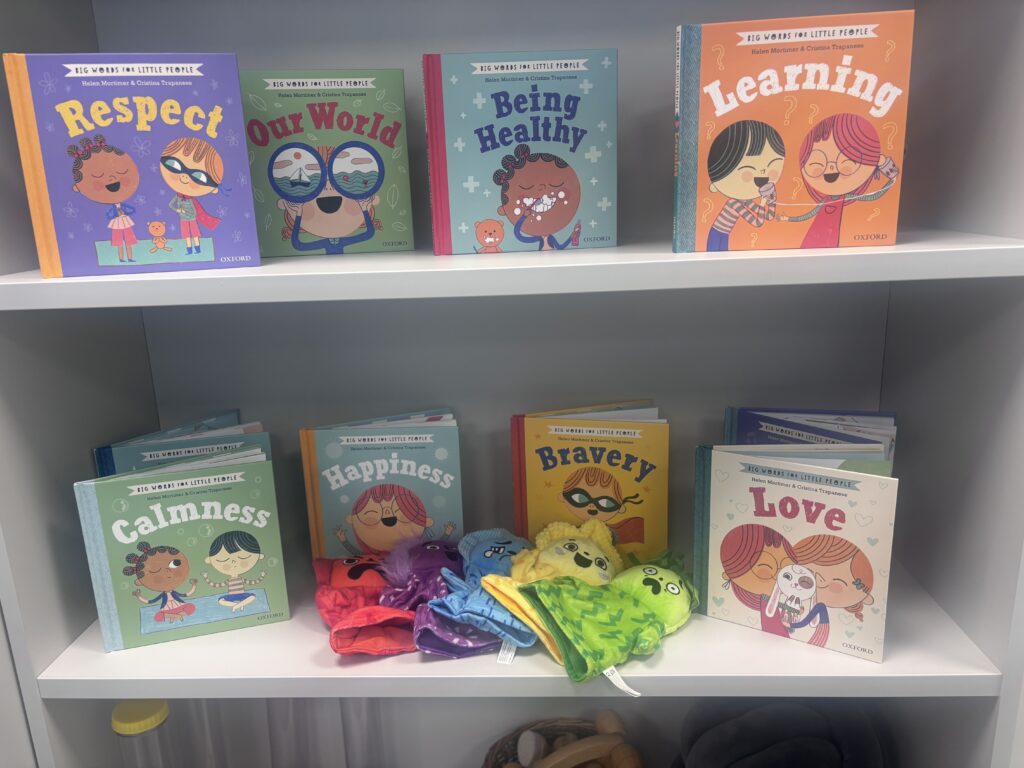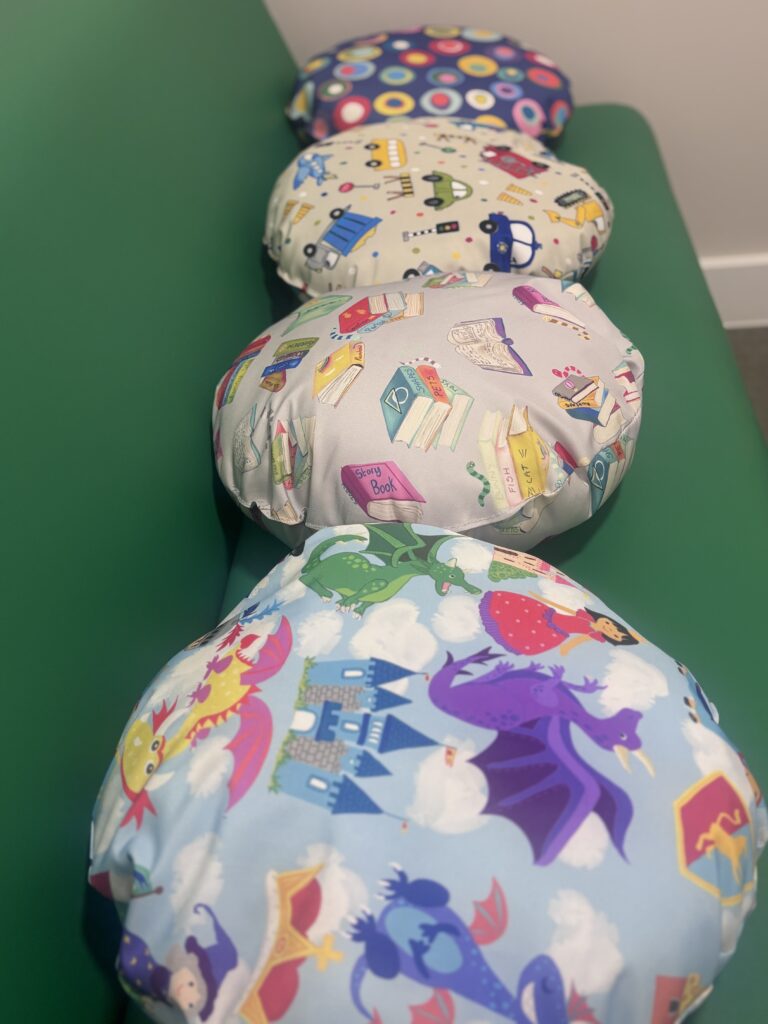At Trimdon Hill School, the curriculum is both learnt formally within a lesson or informally outside the classroom throughout the whole school day.
It is all the planned activities that we organise in order to promote learning, personal growth, and development. Teachers, support staff, therapists and instructors structure these experiences to ensure that they have the most positive effect on the attainment, progress and personal development of all pupils. Our curriculum also the opportunistic learning experiences that occur throughout the day, and which staff pro-actively seek out and capitalise on in line with the autism-specific elements of our curriculum framework.
Our curriculum is driven by the pupil’s needs and interests, whilst also being informed by Development Matters, Equals curriculum, National Curriculum, PSHE Association Planning Framework for Pupils with SEND and the Autism Education Trust’s Pupil Progression Framework. Our curriculum is broad and varied and provides pupils with rich learning experiences that are highly personalised.
We are committed to core British Values, including democracy, the rule of law, individual liberty, mutual respect for, and tolerance of, those with different faiths and beliefs, and through our PSHEE and RSE curriculum we actively promote our pupils’ understanding of and respect for a diverse range of people, especially those who belong to groups susceptible to discrimination.
As a school for children with autism, our aim is that pupils make the maximum progress possible in the areas of difficulty typically associated with that diagnosis, including their social communication, emotional regulation, and sensory processing. Our curriculum also aims to ensure pupils can both sustain and generalise the skills they acquire, over time, and across different contexts and circumstances. Above all, our aim as a school is to ensure our pupils leave us with the highest possible levels of independence and autonomy, whether that be through the acquisition of practical and academic skills, regulation of their own sensory and emotional needs, or effective articulation of their own choices and pursuit of their own interests and life goals.






Structure of the School Day
The school opens to pupils at 9:00am, and pupils go home at 3:00pm.
The school day is carefully planned in each class, according to the needs of pupils. Depending on individual pupil needs, timetables are developed to ensure pupils are engaged in meaningful activities that promote communication, interaction and curiosity.